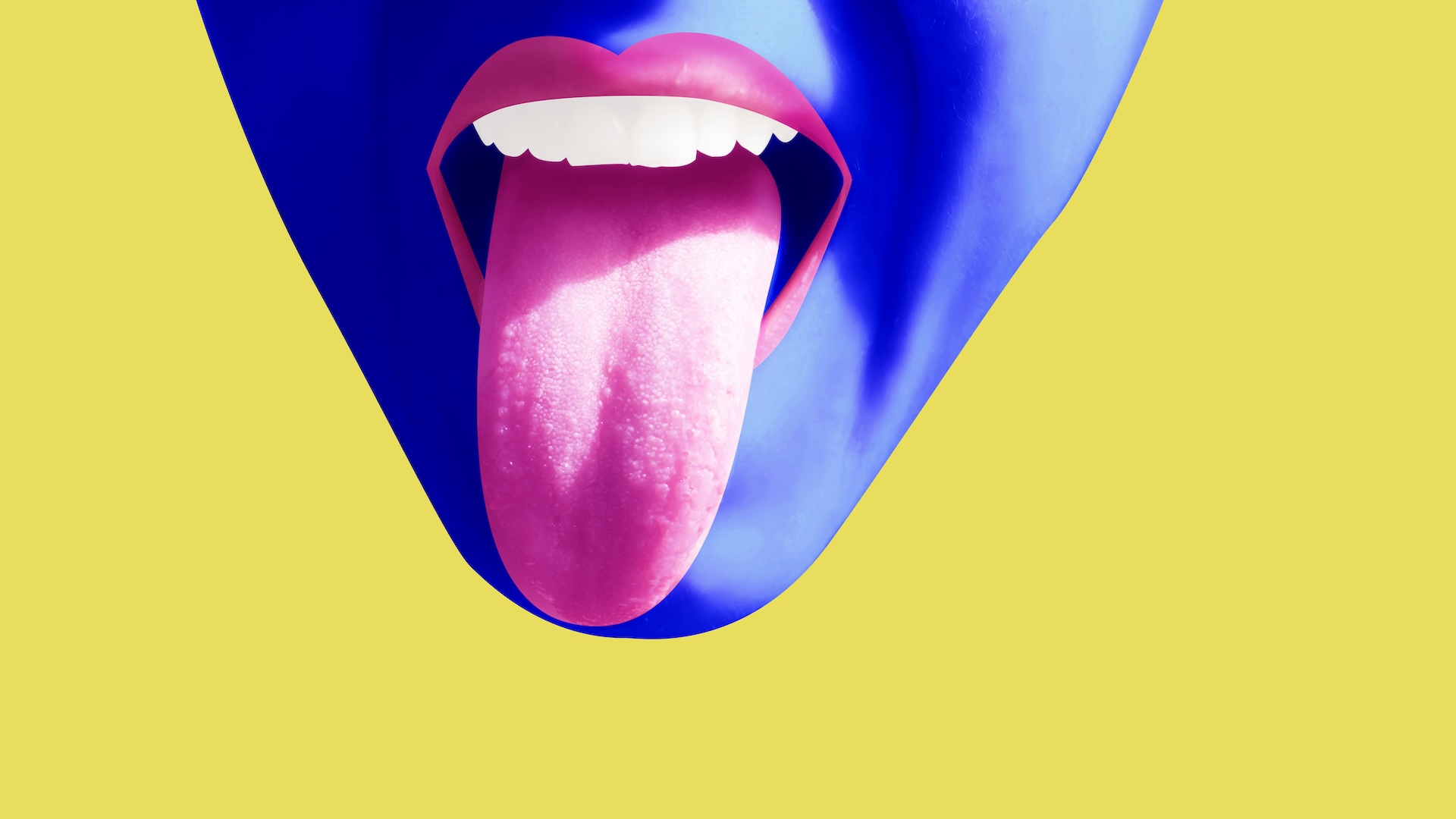Scientists have created the first artificial tongue that can sense and identify flavors entirely in liquid environments — mimicking how human taste buds work.
The achievement, described July 15 in the journal PNAS, could lead to automated systems for food safety and early detection of diseases via chemical analysis, the researchers say.
The technology could also be integrated into lab equipment for chemical analysis of liquid samples. The researchers also see it as a step toward “neuromorphic computing” — AI systems that mimic the brain’s learning process.
The artificial tongue is made from graphene oxide membranes, ultra-thin sheets of carbon that act as molecular filters for ionic versions of tastes. Instead of separating large particles, these membranes slow the movement of ions, letting the device identify and remember tastes placed into the device.
In the new study, the device identified four basic tastes — sweet, sour, salty and bitter — with 72.5% to 87.5% accuracy, and with 96% accuracy for drinks with multiple flavor profiles like coffee and Coca-Cola. The higher accuracy is due to the electrical makeup of complex drink mixtures, which makes them easier for the system to identify. According to the study, this is the first time researchers have successfully combined sensing and information processing in a single wet system.
“This discovery gives us a blueprint for building new bio-inspired ionic devices,” Yong Yan, a professor of chemistry at the National Center for Nanoscience and Technology in China and co-author of the study, told Live Science in an email. “Our devices can work in liquid and can sense their environment and process information — just like our nervous system does.”
A breakthrough in processing information in liquid
Previous tasting systems processed all information on external computer systems, but the new system conducts all sensing and a large portion of data processing in liquid. This primarily liquid approach allows for greater accuracy because it allows tastes to be processed in their natural ionic state instead of being converted to suit processing dry systems.
Related: Scientists have built an AI-powered ‘electronic tongue’
Since traditional electronic components malfunction in liquid, researchers had to separate the sensing and processing functions. This breakthrough overcomes that limitation by using graphene oxide membranes that can detect and conduct much of the information processing immersed in liquid.
“We’re lacking components that can reliably perform sensing, logic processing, and neuromorphic computing in liquid environments,” Yan said. “Our research tries to tackle these critical problems head-on.”
The artificial tongue works by dissolving chemical compounds in liquid that then breaks down into ions. The ions pass through layers of specialized carbon sheets that create incredibly small channels thousands of times thinner than a human hair.
This allows for the ions to create unique patterns that signal which flavor the initial chemical compound represents. The system then ‘learns’ this pattern and becomes more accurate in identifying tastes with continued use.
A key innovation lies in how the researchers slowed down ion movement through the channels — making it 500 times slower than normal. This slowdown gave the system time to “remember” each taste it encountered, with memories lasting around 140 seconds, instead of only milliseconds, depending on the thickness of the membrane.
The researchers compared their results to recent work by Andrew Pannone and colleagues, who published in the journal Nature in October 2024. That study used neural networks running on traditional, solid-state computers to analyze data from graphene-based electronic tongues.
The system processes information in what the scientists call a reservoir that allows the system to learn flavors. The neural network or processing portion of the system identifies the patterns and passes them on for final processing.
“We identified different flavors using a simpler machine learning system: part reservoir computing and part basic neural network,” Yan explained. “Crucially, our physical device actually did part of the computing work.” This is unlike systems that rely entirely on external computers for processing.
The system builds memories progressively, similar to how our brains learn to distinguish flavors. With each exposure, the system gets better at differentiating similar tastes.
“It can reliably distinguish between complex flavors like coffee, Coke and even their mixtures — matching the performance of Pannone’s sophisticated neural network,” Yong said.
Medical and practical applications
The technology could enable the early detection of diseases through taste analysis, help to identify the effects of medications, and assist people who have lost their sense of taste due to a neurological disorder or stroke.
The artificial tongue could also help to improve food safety testing, quality control in beverage production, and the environmental monitoring of water supplies. It could do this by helping to identify the specific flavors in samples.
“These innovations lay critical groundwork for applications ranging from medical diagnostics to autonomous machines capable of ‘tasting’ their environment,” Yong said.
While the results are promising, Yong acknowledged that significant challenges remain. “The system is still too bulky for practical applications,” he told Live Science. “Detection sensitivity needs improvement, and power consumption is higher than we’d like.”
Yet Yong remains optimistic about the timeline for improvements. “Once we crack the challenges of scaling up production, improving power efficiency, and integrating multiple sensors — and develop compatible neuromorphic hardware, we could see transformative advances in healthcare technology, robotics, and environmental monitoring within the next decade.”
